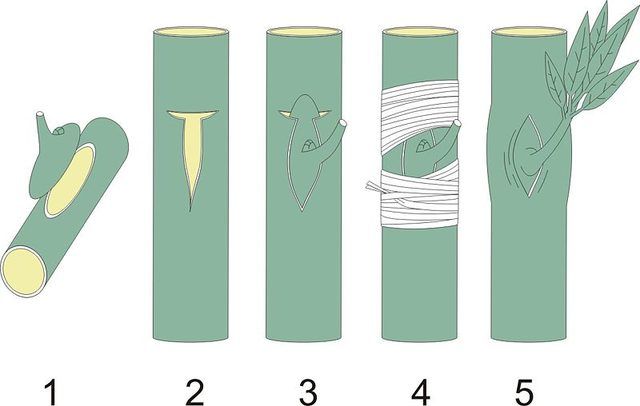Bulbs
Flower Basics
Flower Beds & Specialty Gardens
Flower Garden
Garden Furniture
Garden Gnomes
Garden Seeds
Garden Sheds
Garden Statues
Garden Tools & Supplies
Gardening Basics
Green & Organic
Groundcovers & Vines
Growing Annuals
Growing Basil
Growing Beans
Growing Berries
Growing Blueberries
Growing Cactus
Growing Corn
Growing Cotton
Growing Edibles
Growing Flowers
Growing Garlic
Growing Grapes
Growing Grass
Growing Herbs
Growing Jasmine
Growing Mint
Growing Mushrooms
Orchids
Growing Peanuts
Growing Perennials
Growing Plants
Growing Rosemary
Growing Roses
Growing Strawberries
Growing Sunflowers
Growing Thyme
Growing Tomatoes
Growing Tulips
Growing Vegetables
Herb Basics
Herb Garden
Indoor Growing
Landscaping Basics
Landscaping Patios
Landscaping Plants
Landscaping Shrubs
Landscaping Trees
Landscaping Walks & Pathways
Lawn Basics
Lawn Maintenance
Lawn Mowers
Lawn Ornaments
Lawn Planting
Lawn Tools
Outdoor Growing
Overall Landscape Planning
Pests, Weeds & Problems
Plant Basics
Rock Garden
Rose Garden
Shrubs
Soil
Specialty Gardens
Trees
Vegetable Garden
Yard Maintenance
How to Graft Orange Trees
How to Graft Orange Trees. Learning how to graft orange trees is a wonderful means of harvesting different kinds of oranges from the same root stock. It is interesting to note that you are not limited to just oranges, but that you may graft any kind of citrus wood to orange trees. The hardest part of the process is the month long waiting period...

Learning how to graft orange trees is a wonderful means of harvesting different kinds of oranges from the same root stock. It is interesting to note that you are not limited to just oranges, but that you may graft any kind of citrus wood to orange trees. The hardest part of the process is the month long waiting period during which time Mother Nature decides on the success or failure of the grafting.
Things You'll Need
Sharp knife
Citrus trees from which to cut bud grafts
Orange trees
Budding tape
Wait until spring to initiate the grafting process. The best time to cut and insert grafts is when the tree is on the cusp of once again entering the active growing season. If you miss that auspicious moment in time, rest assured that the majority of grafts made between April and September will grow well and produce ample citrus in years to come.
Cut a number of 10- to 12-inch long bud graft branches from a healthy tree. These should be copiously budded branches from last year’s growth. Resist the temptation to use grafts from this year’s wood, since these will generally not result in successful grafts. Use a very sharp knife for this undertaking; you do not want to risk any splintering of the graft base.
Choose the locations on your orange trees where you want to place the grafts. For best results, it is advisable to place the bud grafts about six to 10 inches off the ground, not higher. The closer to the ground you insert the graft, the more undiluted the nutrients, water and sap the graft receives. The higher up you place the graft, the greater the chance is of it either dying off or taking overly long to become a strong branch.
Make a 1?-inch cut in the shape of a "T" at the grafting location of your choice. Use a sharp knife to do so and make certain to cut well below the bark into the tree’s actual wood.
Pick up the first bud graft branch and choose the biggest bud. With a sharp knife, gently excise the bud and a thick splinter of wood--as well as bark--to which it is attached.
Uncover the wood underneath the "T" cut in your orange tree by gently lifting up the bark.
Gently insert the wood sliver with the attached bud. Start at the top of the "T" and move downward. The bud will be held in place by the target tree’s bark.
Wrap budding tape underneath and above the graft. The goal is to prevent any movement that might hinter the integration of the bud graft into the actual wood of the orange tree. The tape also avoids moisture loss and premature callusing at the grafting site.
Repeat Steps 4 through 8 for each graft you want to insert into your orange trees.
Remove the budding tape after 21 to 28 days. Successful grafts will show as green, healthy buds; failed grafts usually are limp and may have rotted away already.
Tips & Warnings
Many gardening books advocate the use of an upside down "T" rather than the right side up version. Both methods work.